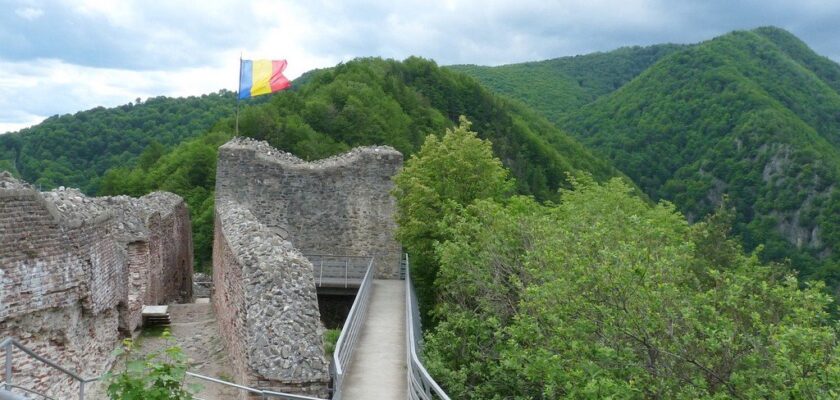Poenari Castle (Cetatea Poenari)
Poenari Castle is the picturesque ruins of a Romanian medieval fortress associated with the name of the famous Count Dracula. In Romanian, the name Dracula means “devil” or “demon”. The remains of the majestic building rise above the mountain gorge of the Ardjes River, on one of the southern spurs of the Transylvanian Alps, in the central part of the country.
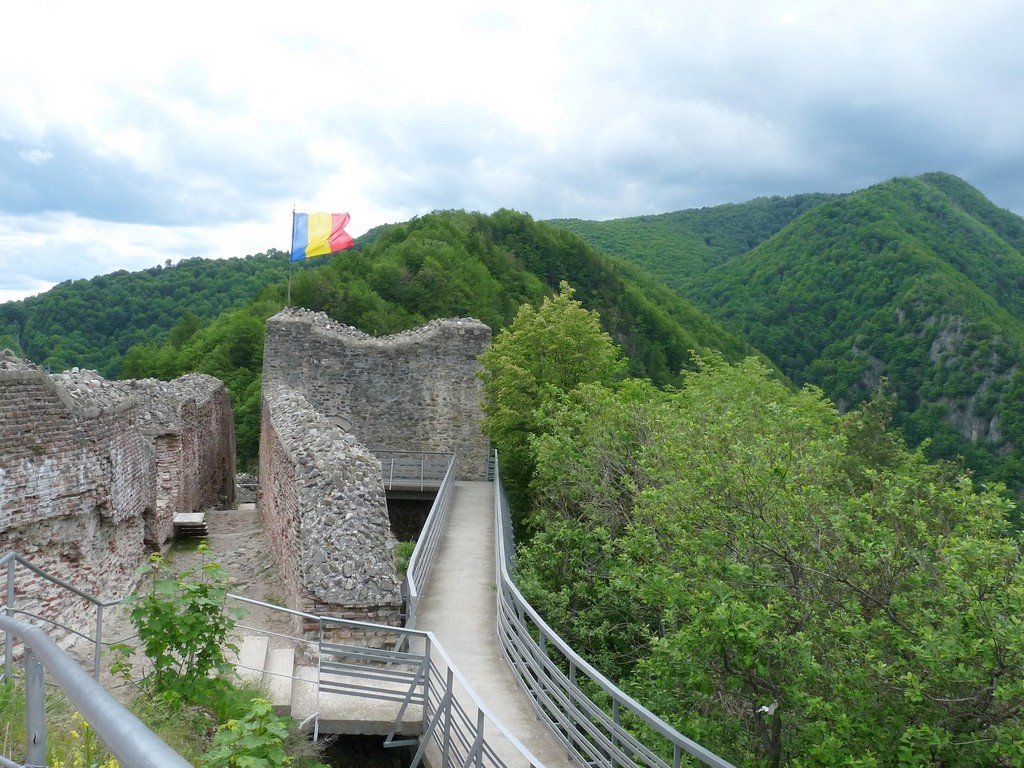
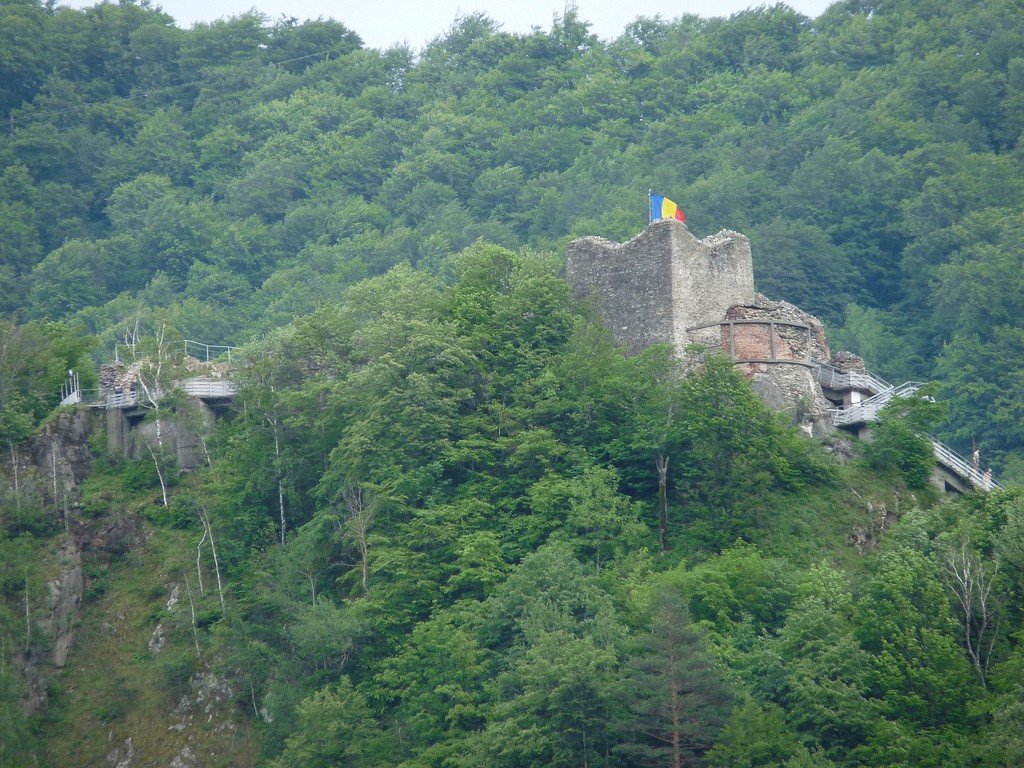
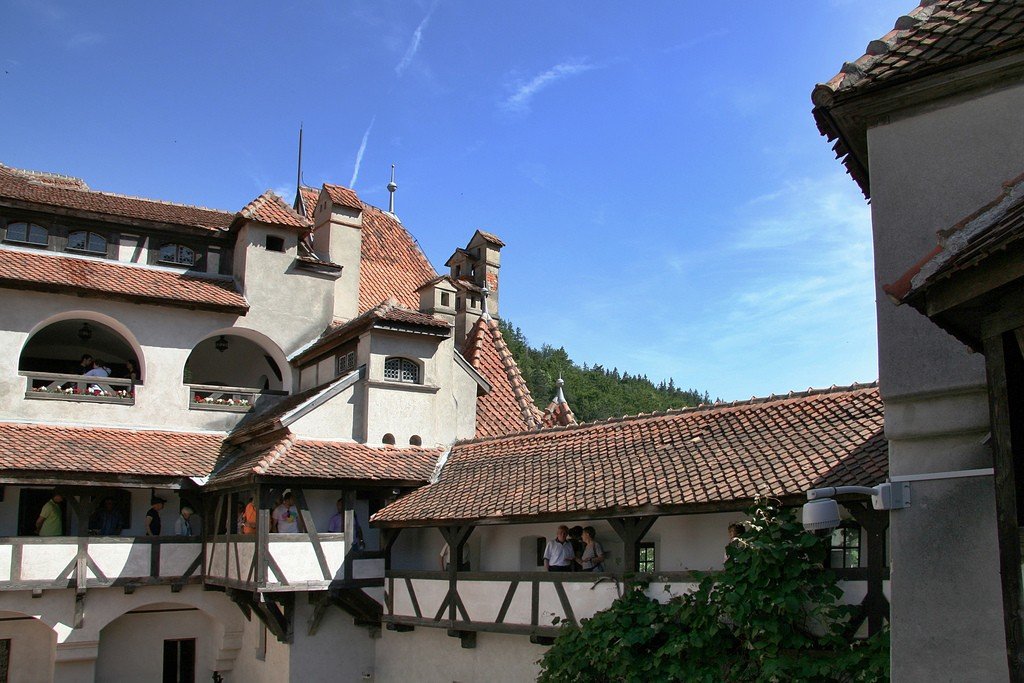
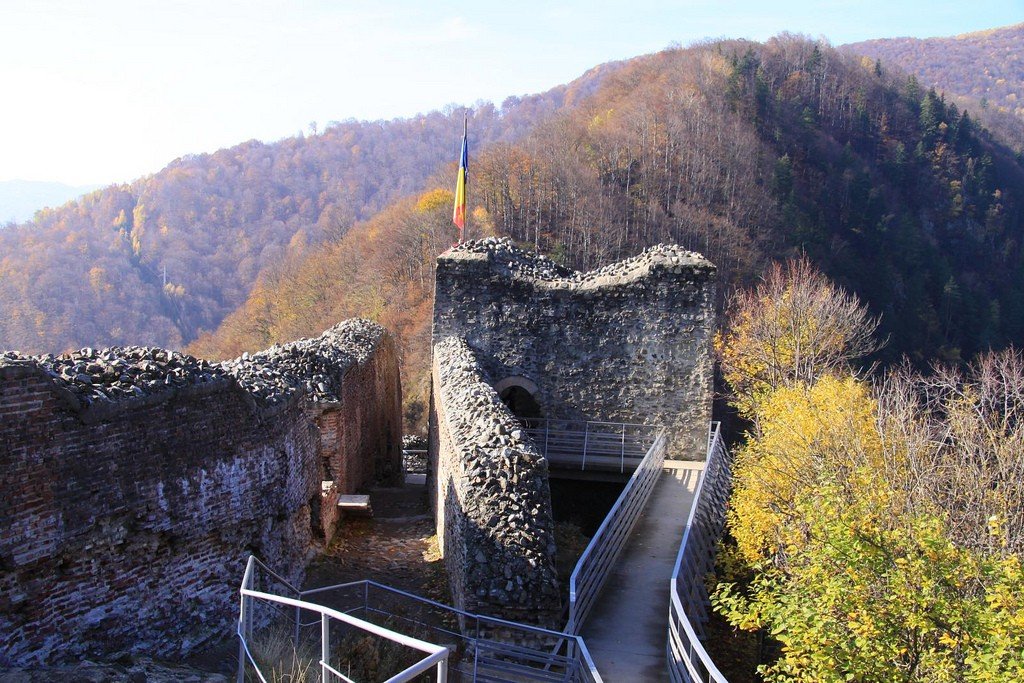
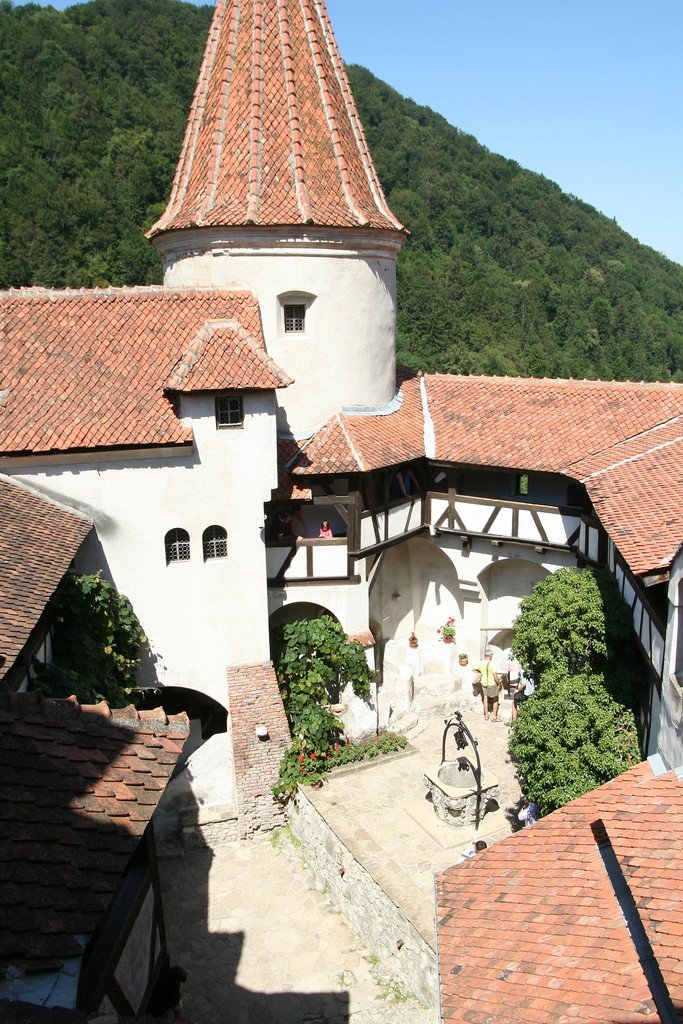
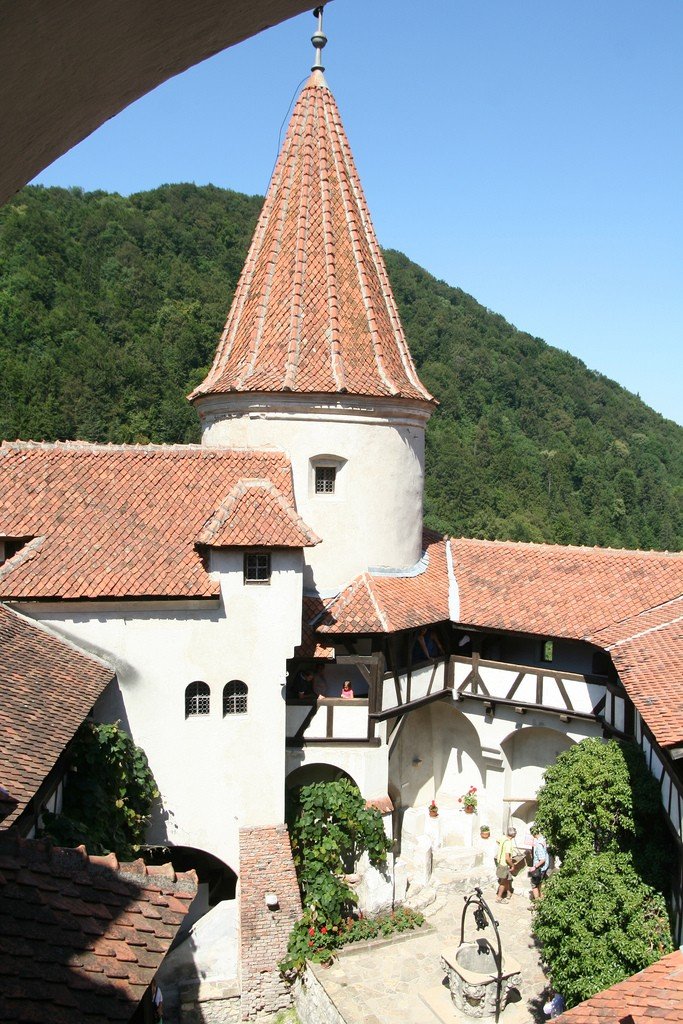
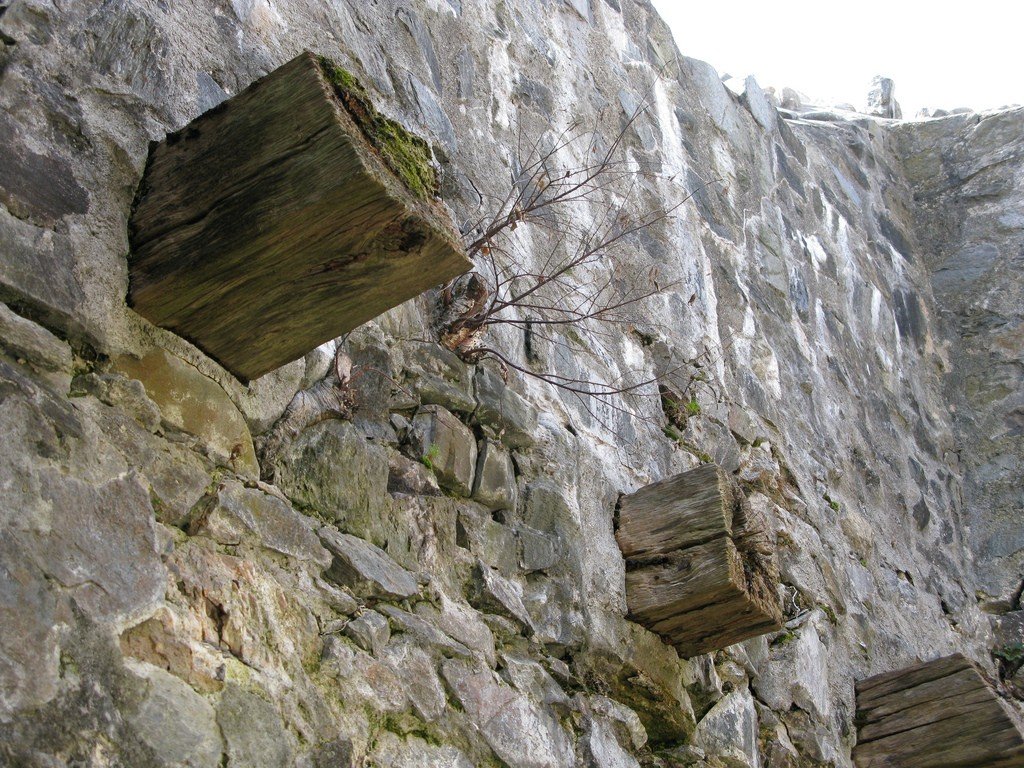
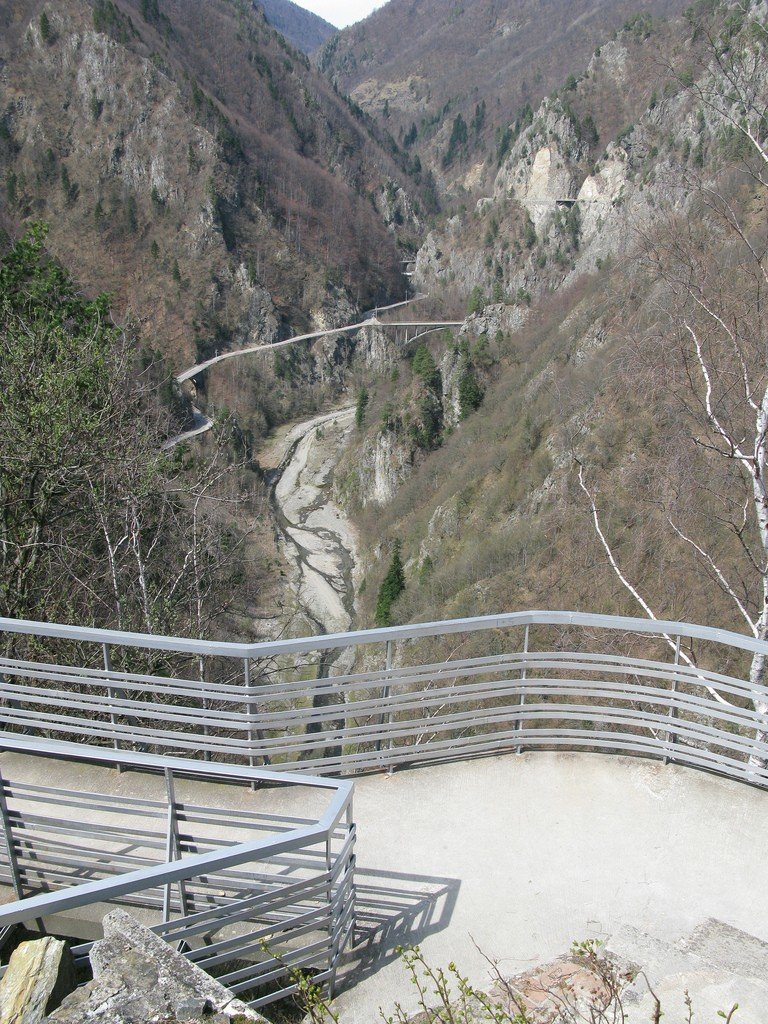
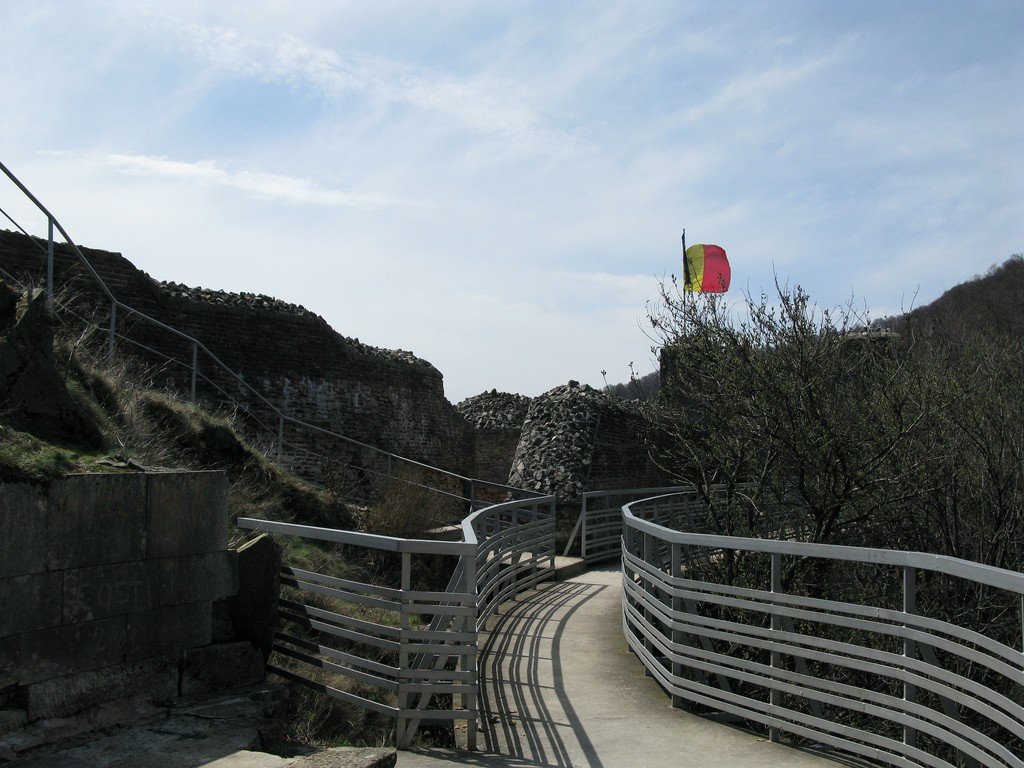
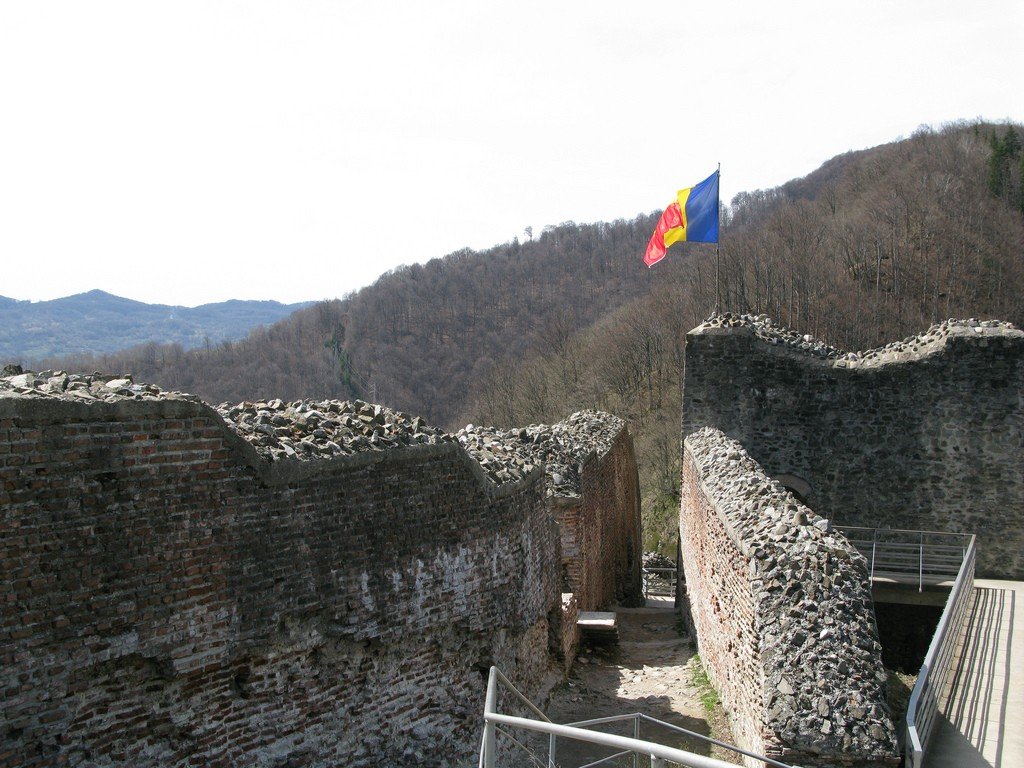
Video: Poenari Castle and surroundings
Highlights
Although much ruined, Poenary Castle is a popular tourist attraction. It preserves the platform from which, according to legend, Dracula’s wife Helena threw herself into the abyss. Participants of the so-called Dracula-tours are sure to come to the fortress shrouded in legends.
.
The walls and towers of Poenari Castle rise on a green spur of Chetetsuya Mountain and are clearly visible from the highway running along the Ardzesh. Travelers have to climb a long, steep staircase with 1,480 steps to reach the castle.
.
The last restoration of the architectural monument was carried out in 1972. During it, the old walls up to 3 meters thick were renewed with red brick masonry, and for the convenience of tourists on the territory of the castle laid bridges with railings. The castle walls offer an excellent view of the Ardzheš River and the neighboring mountain spurs, covered with picturesque beech forests.
.In the early summer of 2017, travelers were asked not to go up to Poenari Castle for safety reasons, because a brown bear with cubs had settled near it. Most likely, the wild animal was attracted to the food that tourists leave behind.
The fortress on the mountain appeared in the 13th century and originally served to control the road that ran along the river valley from Wallachia to Transylvania. Today, the mountainous Transfăgăraş highway is laid out in these places. It is believed that Poenari Castle was built by the semi-legendary founder of the Wallachian principality – Radu Negru or the Black Voivode. The castle had one tower, and a garrison of 30-40 soldiers was permanently stationed there.
.In the 15th century, Vlad III Tepes, known as Count Dracula, accused the people of Targovishte of killing his brother. The cruel count executed the town elite who betrayed him, and sent the common townspeople to forced labor at Poenari Castle. Vlad III Tepes rebuilt and fortified the fortress on the mountain, increased the number of towers to five and turned it into one of his main residences. Many tourist guides do not call Bran Castle, known from Bram Stoker’s novel, but rather Poenari the “Real Dracula Castle.”
.Under Dracula, the old fortress was a place of torture, execution and imprisonment of the boyars. From the second half of the 16th century, Poenari Castle was forgotten and began to turn into ruins. In 1888 there was a major earthquake in Romania, after which the buildings were severely destroyed..
How to get there
Poenari Castle is located near the Transfăgeras, a mountain highway between the Romanian towns of Făgeras and Pitesti. Most tourists get here as part of organized tours. Those who want to get to the castle on their own, do it by cab from the towns of Fageras, Pitesti, Rimnicu-Vilcea or Sibiu. It takes 30-45 minutes to climb the stairs to the castle ruins.
.